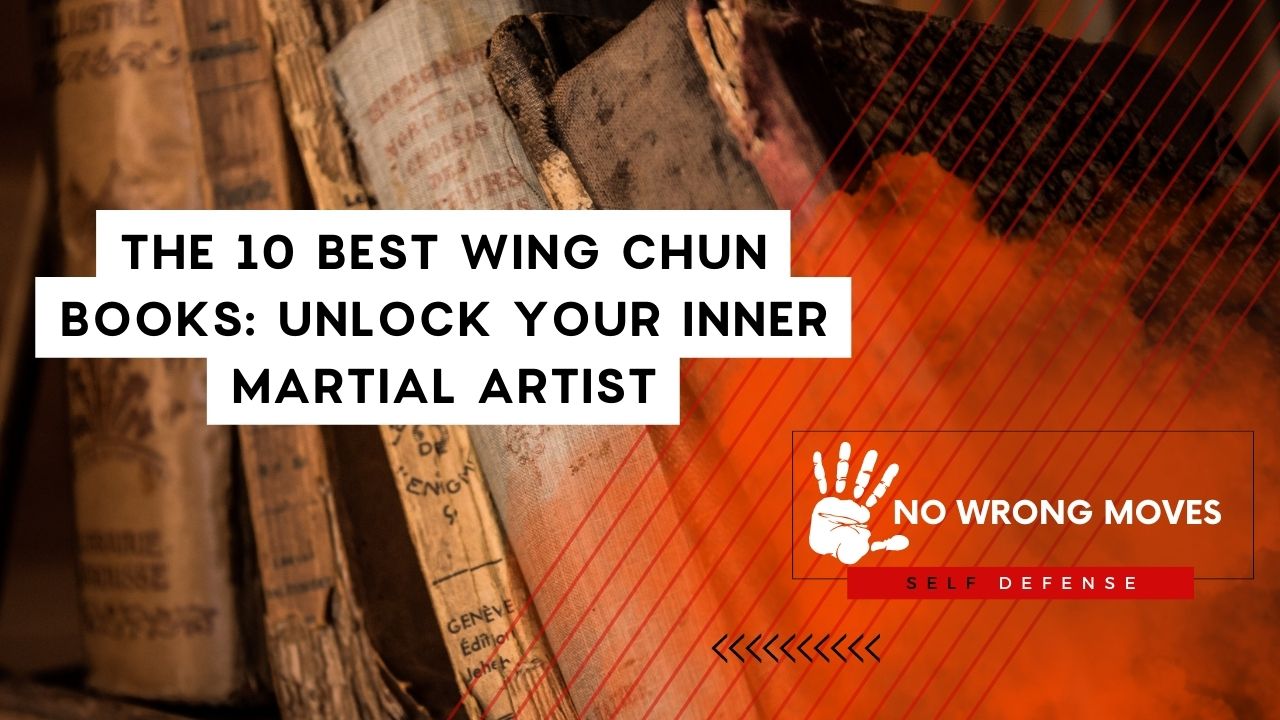
Wing Chun is a martial art system that originated in Southern China. It is a close-range combat system that emphasizes efficiency, speed, and economy of motion.
If you're interested in learning more about Wing Chun, then you've come to the right place. In this article, we'll explore the ten best books for Wing Chun practitioners, as well as provide tips for unlocking your inner martial artist and delving into the secrets of Bruce Lee's Wing Chun.
We'll also provide an overview of the best Wing Chun techniques, a reading list to get you started, and a deep dive into the philosophy and history of the art.
The10 Best Wing chun Books For Practitioners
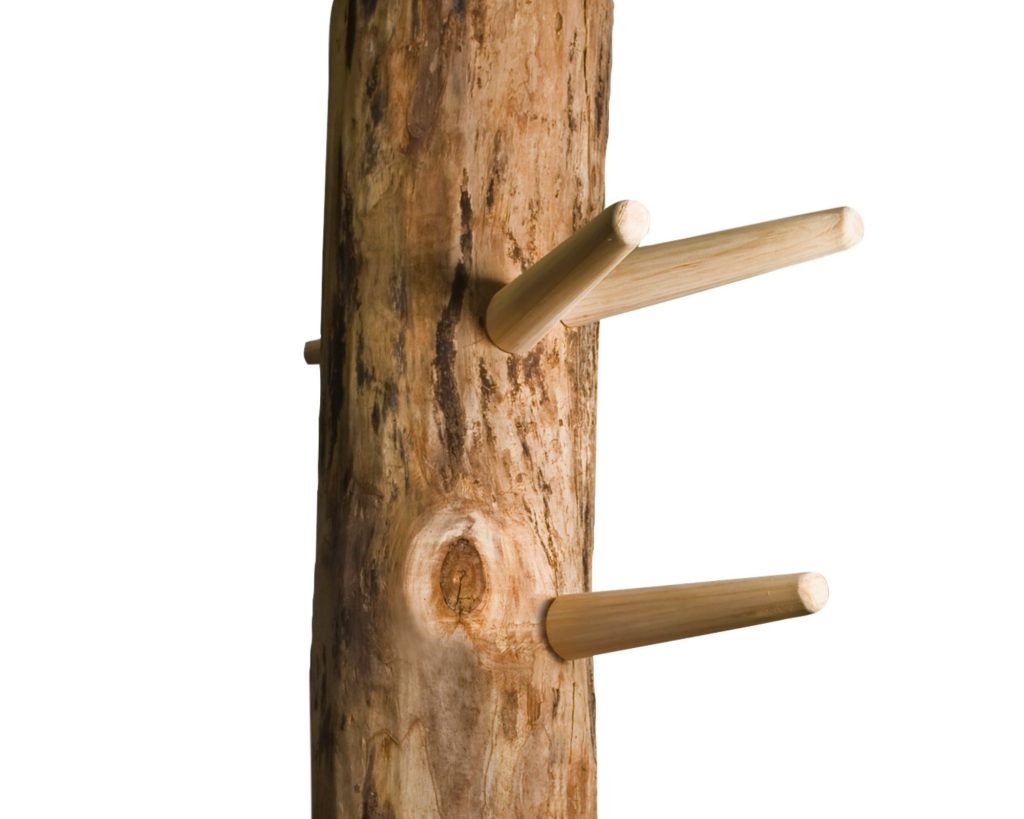
We've got a lot to cover, so let's get to it! Here's our handpicked list of the top 10 best Wing Chun books:
- Wing Chun Kung Fu: Traditional Chinese Kung Fu for Self-Defense and Health by Ip Chun and Michael Tse
First on this list is a book that's often considered the definitive guide to Wing Chun. It covers the history, philosophy, and techniques of the art, as well as providing a step-by-step guide to training. The authors, Ip Chun and Michael Tse, are both highly regarded Wing Chun masters.
- The Wing Chun Compendium, Volume One (and two), by Wayne Belonoha
This book is a comprehensive guide to Wing Chun theory and practice. It covers everything from basic techniques to advanced strategies, and includes detailed illustrations and explanations.
- Wing Chun Gung Fu: The Explosive Art of Close Range Combat by Joseph Wayne Smith
This book is a practical guide to Wing Chun techniques, with a focus on self-defense. It includes step-by-step instructions and detailed illustrations.
- Wing Chun: The Art of Simultaneous Defense and Attack, by Cheng Tzu's Wing Chun Kung Fu School
This book provides a detailed overview of Wing Chun theory and practice. It includes explanations of the concepts of centerline, economy of motion, and simultaneous defense and attack, as well as detailed instructions on the Siu Nim Tau, Chum Kiu, and Biu Ji forms.
- The Tao of Wing Chun: The History and Principles of China's Most Explosive Martial Art, by John Little
This book provides a comprehensive overview of the history, philosophy, and techniques of Wing Chun. It includes interviews with Wing Chun masters and detailed explanations of the art's principles.
- Wing Chun Techniques and Strategies, by Philipp Bayer
This book is a practical guide to Wing Chun techniques, with a focus on sparring and competition. It includes detailed explanations and illustrations of punches, kicks, and grappling techniques.
- Wing Chun Warrior: The True Tales of Wing Chun Kung Fu Master Duncan Leung, Bruce Lee's Fighting Companion, by Ken Ing
This book tells the story of Wing Chun master Duncan Leung, who trained with Bruce Lee and became a legendary martial artist in his own right. It includes stories of Leung's experiences and insights into the art of Wing Chun.
- The Wing Chun Forms: Wing Chun Kung Fu Forms and Applications, by Shaun Rawcliffe
This book is a detailed guide to the Wing Chun forms and their applications. Inside, you'll find step-by-step instructions and illustrations for different techniques, as well as explanations of the principles behind each form.
- Wing Chun Kung Fu: Bamboo Ring Martial Methods and the Shaolin Iron Thread, by Jwing-Ming Yang
This book explores the history and philosophy of Wing Chun, as well as providing a detailed guide to the bamboo ring and iron thread training methods. There are also illustrations and explanations of the techniques and principles behind these methods.
- Wing Chun Fighting Art: Basic Forms and Principles, by Sifu Felix Leong
This book provides a detailed guide to the basic forms and principles of Wing Chun. It's about what it says on the tin, a book about the basic forms and principles of Wing Chun, how to properly perform them, and then how to actually master them.
Tips For Getting Started With Wing Chun
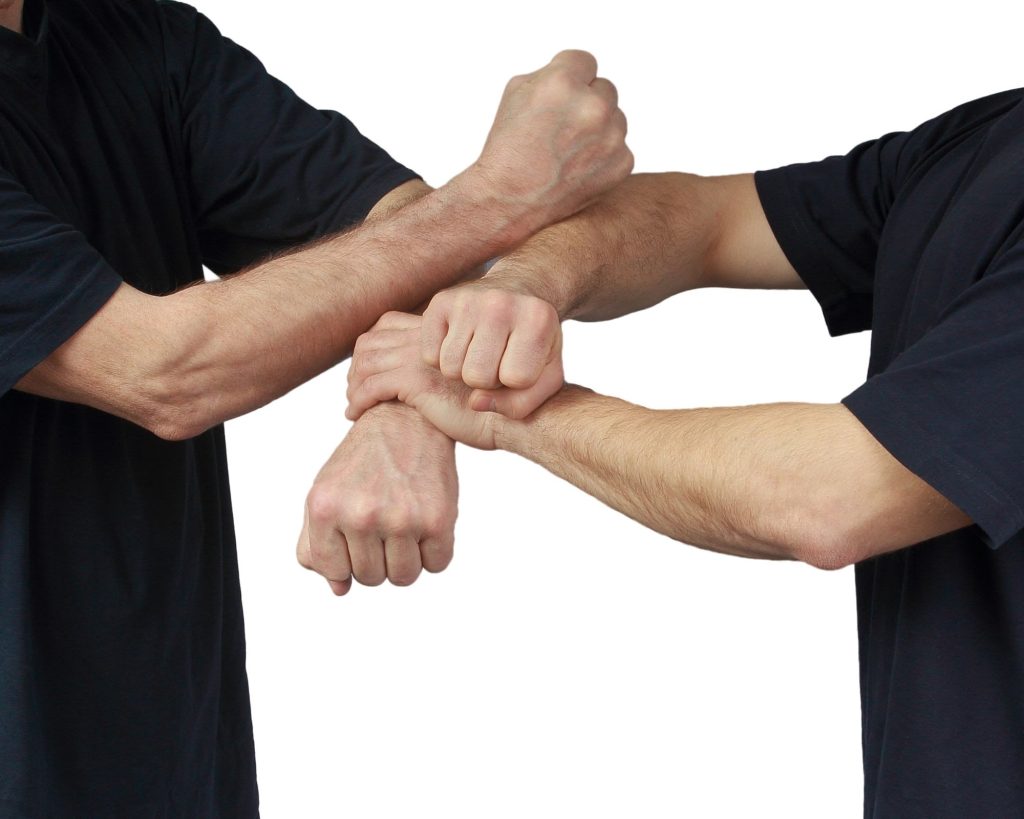
The origins of Wing Chun are shrouded in mystery, but legend has it that it was developed by a woman named Yim Wing Chun, who was taught by a Buddhist nun.
Today, Wing Chun is practiced all over the world, and it has become famous thanks to the legendary Bruce Lee, who studied it at a young age.
Many proud Wing Chun practitioners will tell you that it's more than just a martial art--it's a way of life. By practicing Wing Chun, you can unlock your inner martial artist and achieve a sense of inner peace and harmony. Here are some tips for getting started:
- Find a reputable Wing Chun school. Look for a school with experienced instructors who have a deep understanding of the art.
- Practice regularly. Practicing regularly really is crucial for mastering this martial art. Set aside time each day to practice your techniques and forms.
- Focus on the basics. Wing Chun is built on a foundation of basic techniques and principles. Focus on mastering these basics before moving on to more advanced techniques.
- Be patient. Mastering Wing Chun takes time and dedication. Don't expect to become a master overnight--be patient and persistent!
Discover the Secrets of Bruce Lee's Wing Chun
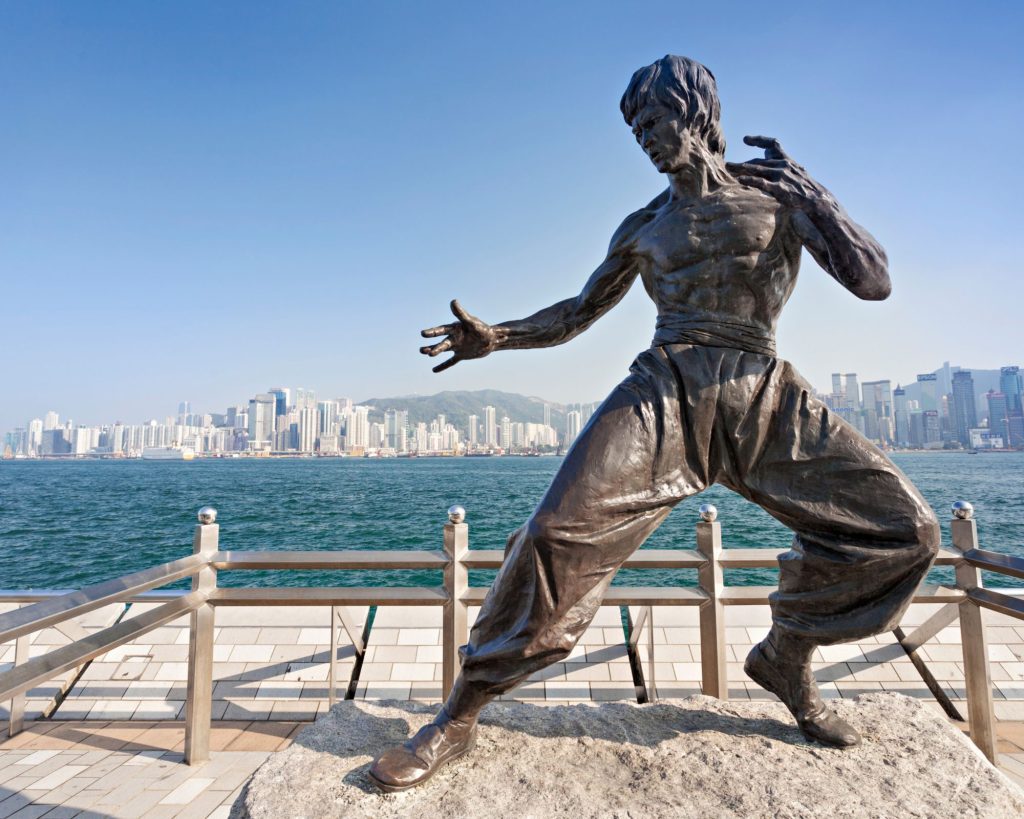
Bruce Lee is perhaps the most famous Wing Chun practitioner in history. If you're looking to improve your martial arts skills, there are few better sources of inspiration than the legend himself.
The legendary martial artist not only developed his own unique fighting style, but he also wrote several books on the subject. He studied the art as a young man and eventually went on to develop his own martial art system, Jeet Kune Do.
I highly recommend checking out The Tao of Gung Fu and The Bruce Lee Library, which offer valuable insights into Lee's philosophy and approach to martial arts.
But it's not just Lee's words that can help you improve. His films are also a goldmine of techniques and strategies. Take a close look at how he incorporates Wing Chun into his fighting style, and see if you can apply those moves to your own training.
And let's not forget Lee's teachers. He studied under some of the most renowned Wing Chun masters in history, including Yip Man and Wong Shun Leung. By learning from their teachings, you can gain a deeper understanding of Lee's approach to martial arts and further refine your skills.
From Theory to Practice: Best Wing Chun Techniques
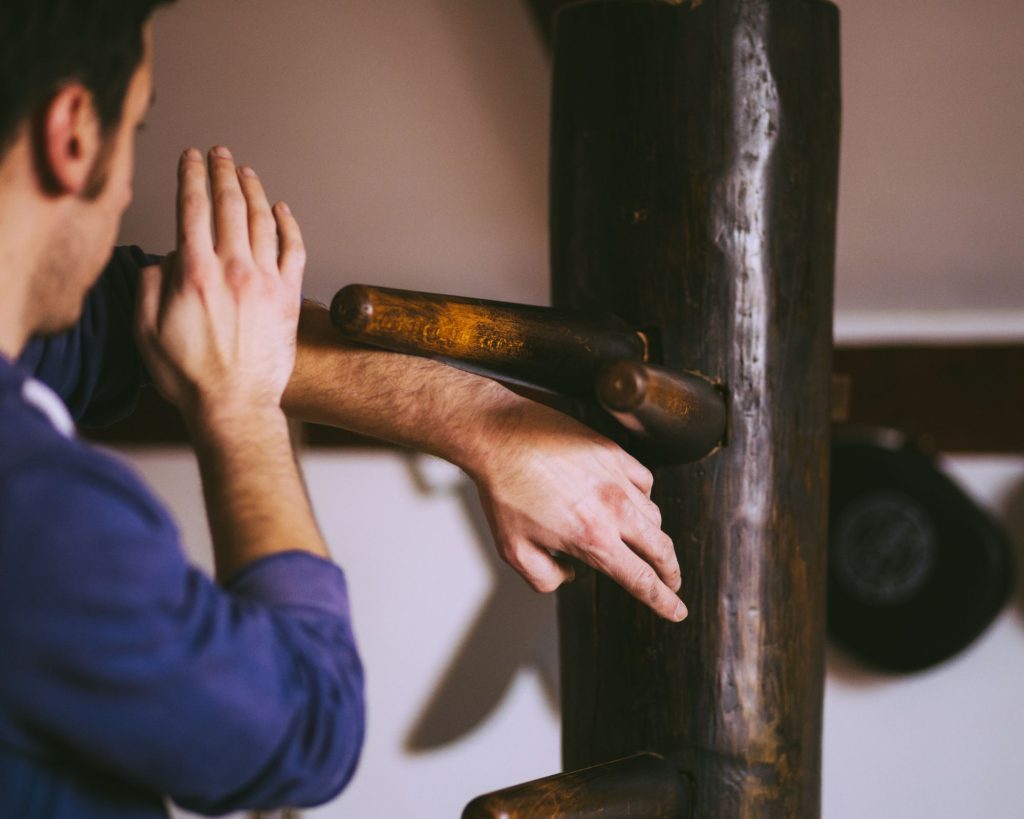
When it comes to Wing Chun, efficiency is the name of the game. This martial art focuses on "economy of motion," quick, precise movements to take down opponents with maximum effectiveness.
If you're looking to improve your Wing Chun skills, here are some techniques that you'll definitely want to practice.
First up is the centerline punch. This is the bread and butter of Wing Chun, and it involves punching straight down the middle of your opponent's body. It may seem simple, but a well-executed centerline punch can do some serious damage.
Next, we have chain punches. Wing Chun practitioners are known for their lightning-fast punches, and the chain punch is a perfect example of this technique. By punching rapidly and continuously, you can overwhelm your opponent and leave them with no way to defend.
Another key technique is Pak Sao. This blocking technique involves using your hand to slap your opponent's hand to the side, creating an opening for a strike. It's a great way to disrupt your opponent's rhythm and gain the upper hand.
And let's not forget about Sil Lim Tao, the first form of Wing Chun. This form focuses on the basic principles of the art, including centerline control and economy of motion. Practicing Sil Lim Tao is a great way to build a solid foundation for your Wing Chun skills.
Finally, we have Tan Sao. This blocking technique involves deflecting your opponent's punch to the side with your hand, creating an opening for a strike. It's a subtle move, but it can be incredibly effective when executed correctly.
So there you have it: some of the best Wing Chun techniques to add to your practice routine. With these moves in your arsenal, you'll be well on your way to mastering this powerful martial art.
Deep Dive into Wing Chun Philosophy and History
Wing Chun has a rich history and philosophy that is worth exploring. Here are some of the key concepts and historical figures associated with Wing Chun:
- Yim Wing Chun: According to legend, Yim Wing Chun was a woman who developed the Wing Chun system with the help of a Buddhist nun.
- Yip Man: Yip Man was a famous Wing Chun master who taught Bruce Lee and many other students.
- Centerline: Wing Chun emphasizes the importance of controlling the centerline – the imaginary line that runs down the center of your opponent's body.
- Economy of motion: Wing Chun techniques are designed to be fast, efficient, and economical. Every movement should serve a purpose.
Conclusion

In conclusion, Wing Chun is a fascinating martial art system that can help you unlock your inner martial artist and achieve a sense of inner peace and harmony.
By reading the best Wing Chun books, practicing regularly, and learning from the top Wing Chun masters, you can become a true master of this powerful art.
You've just read about Wing Chun, one of the safest martial arts out there. But what about something a bit... riskier? Read about that here!
[author-box-jpx-fitness]







